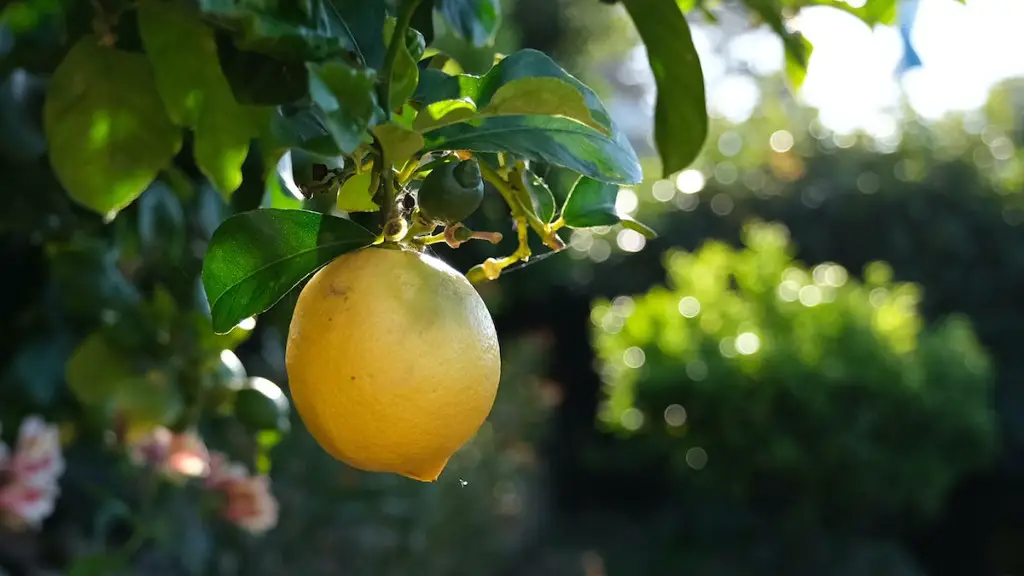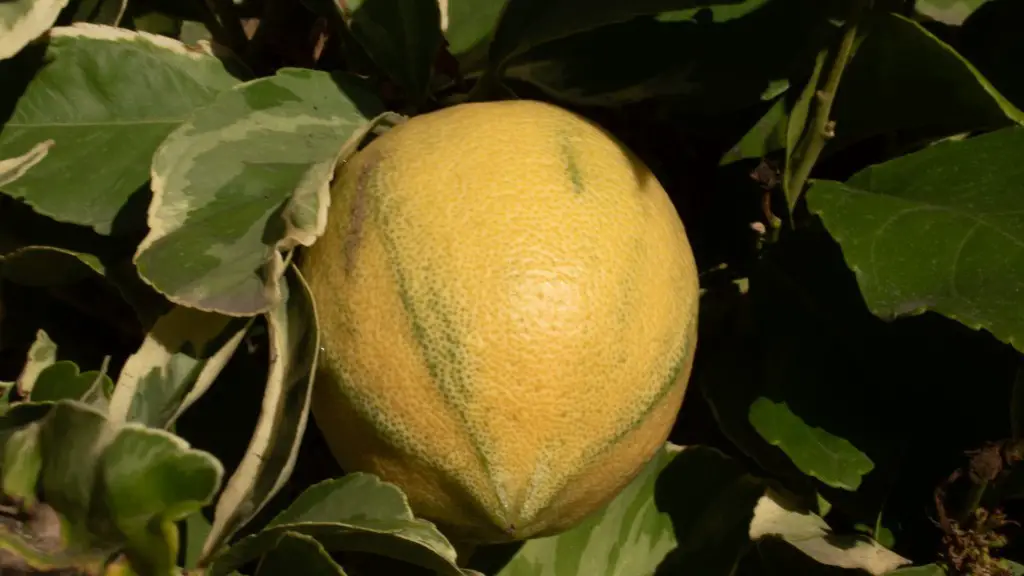Planting and caring for a lemon tree might seem like a daunting task, but with the right instruction anyone can do it. Growing a lemon tree gives homeowners a way to add fresh flavor to meals and keep their garden colorful and fun. The following steps will help you get the most out of your lemon tree.
To begin, you’ll need to buy lemon tree sapling from a local garden center. Lemon trees are typically available in various sizes, from tiny two-year-old plants to much larger trees. Once you have your sapling, you’ll need to determine the type of soil and place it in the ground. Lemon trees prefer loose, well-drained soil, so you may need to add fertilizer or organic matter if your soil is too compact.
The next step is to provide nourishment for your lemon tree. Most citrus trees need a mixture of nitrogen, phosphorus and potassium to thrive. If you have been fertilizing your soil regularly, your lemon tree should have enough of these nutrients to grow. Otherwise, you may need to supplement with a special citrus fertilizer.
In addition to regularly watering your lemon tree, it’s important to pay attention to any signs of pests or disease. Citrus trees can be particularly vulnerable to pests like aphids, mealybugs, and scale insects. If left unchecked, they can cause significant damage to the tree. Regularly checking the leaves of your tree and spraying with a special insecticide is key to pest control.
Finally, you’ll need to prune your lemon tree on a regular basis. Pruning will help the tree stay healthy and keep the tree from becoming too top heavy, which can cause it to break or topple over. It’s best to prune in the spring, when the tree is actively growing, or in the late summer when the tree begins to be less active.
Watering
Watering is perhaps one of the most important steps in caring for a lemon tree. Lemon trees need a steady supply of water to stay healthy, and the amount of irrigation they need depends on the soil, the season and the tree’s size. Generally speaking, the soil should be kept moist but not overly wet. An automatic irrigation system is often helpful to ensure that your tree receives the right amount of water.
Soil Preparation
It’s important to prepare the soil where your lemon tree will be planted before you actually plant it. The soil should be loose and well drained to ensure that the tree’s roots and can spread out, allowing them to get the nutrients they need. You may need to add a layer of organic material, such as compost, to improve the soil quality.
Pruning and Shaping
Pruning and shaping are important for keeping a lemon tree healthy and for controlling its size and shape. When pruning, make sure to use sharp pruning shears, and be careful not to cut too close to the trunk or main branches. You can use a pruning saw or hedge trimmer for larger branches. Regular pruning will help keep your tree healthy and looking good.
Fertilizer
Fertilizing your lemon tree can help ensure that it is well nourished and healthy. It’s best to use a specially formulated fertilizer for citrus trees, as this will supply the optimal amount of nitrogen, phosphorus and potassium. You should fertilize your tree every two to three months during the growing season, but be sure to follow the instructions on the package for the exact dosage.
Pest Control
Pests can be a serious issue for lemon trees, so it’s important to monitor for any signs of infestations. Common pests include aphids, mealybugs and scale insects, but there are other pests that can also damage your tree if left unchecked. If you notice any signs of pests, you should use a special citrus insecticide to treat the problem.
Harvesting
Harvesting your lemon tree can be an exciting moment. Lemons are usually ready to pick when they turn yellow and are moderately soft, but the actual time may vary depending on the variety. Be sure to wear gloves when harvesting, as some varieties produce thorns and the lemon rind can be irritating to the skin.
Winter Care
When winter comes around, it’s important to be mindful of your lemon tree’s needs. As temperatures drop, citrus can become vulnerable to dropping leaves, root damage and other problems. You can help protect your tree by mulching around the base, keeping the soil well-draining, and keeping the tree watered. You should also wrap or cover your tree to protect it from cold wind and frost.


